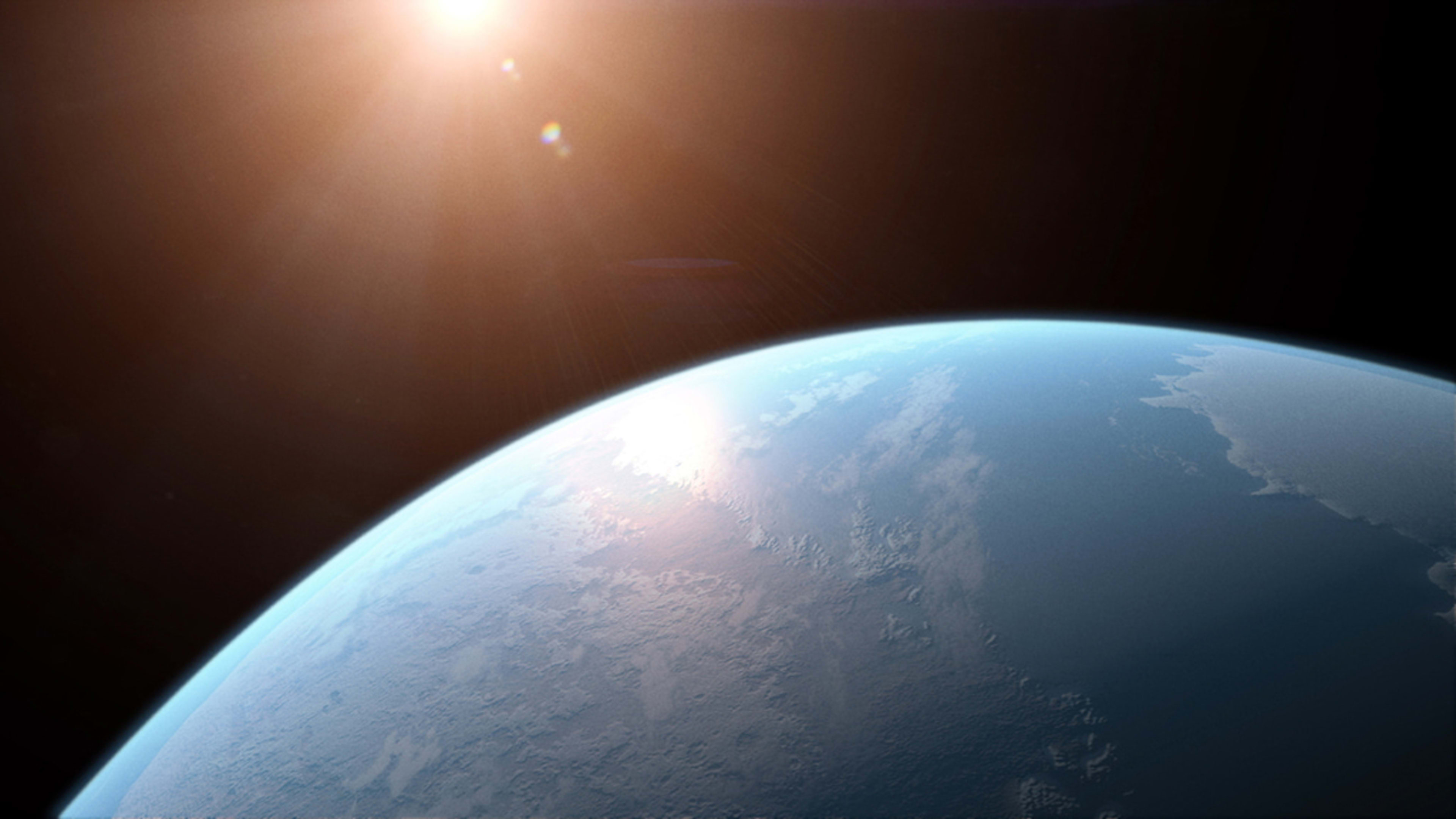You know that old ecoactivist bumper sticker about fighting to save this planet because “There Is No Planet B”? Well, in the tradition of bumper stickers that turned out to be false (including “My other car is a Porsche” and “Al Gore 2000”), there may be a Planet B after all.
NASA has just announced the discovery of a new super-Earth that could be both habitable and accessible. The agency’s Transiting Exoplanet Survey Satellite, or TESS (a powerful orbiting telescope that scouts the sky), spotted three previously unknown planets circling a nearby star in the Hydra constellation. One of those planets, called GJ 357 d, could be a Planet B for humans when this world gets too hot and too flooded to support life.
GJ 357 d is about six times larger than Earth and orbits a dwarf sun called GJ 357, much smaller than our own, making the journey around the sun in just 55.7 days. The international team of astronomers that discovered the planet said in a news release that it could “provide Earth-like conditions.” But don’t start buying plastic water bottles, throwing glitter, burning coal, and huffing CFCs to celebrate humanity’s new home yet. GJ 357 d could be Earth-like, but only if it has a thick enough atmosphere to envelop the planet.
“If the planet has a dense atmosphere, which will take future studies to determine, it could trap enough heat to warm the planet and allow liquid water on its surface,” Diana Kossakowski, a member of the team that discovered the planet, said in a press release. Without an atmosphere, the planet would have an equilibrium temperature of 64 degrees below zero, according to NASA, which would make it “more glacial than habitable.”
Still, if the atmosphere is sufficient to warm the planet enough to support liquid water, it could be the most promising Planet B out of the 4,025 planets tallied so far outside our solar system. Plus, it’s one of the closest of the 45 exoplanets confirmed to date, a mere 31 light-years away. (Of course, we’d still need to invent the technology to get us there.)
“With a thick atmosphere, the planet GJ 357 d could maintain liquid water on its surface like Earth, and we could pick out signs of life with telescopes that will soon be online,” Lisa Kaltenegger, the director of the Carl Sagan Institute at Cornell and an associate professor in astronomy, said in a statement. “If GJ 357 d were to show signs of life, it would be at the top of everyone’s travel list—and we could answer a 1,000-year-old question on whether we are alone in the cosmos.”
Recognize your brand’s excellence by applying to this year’s Brands That Matter Awards before the early-rate deadline, May 3.
